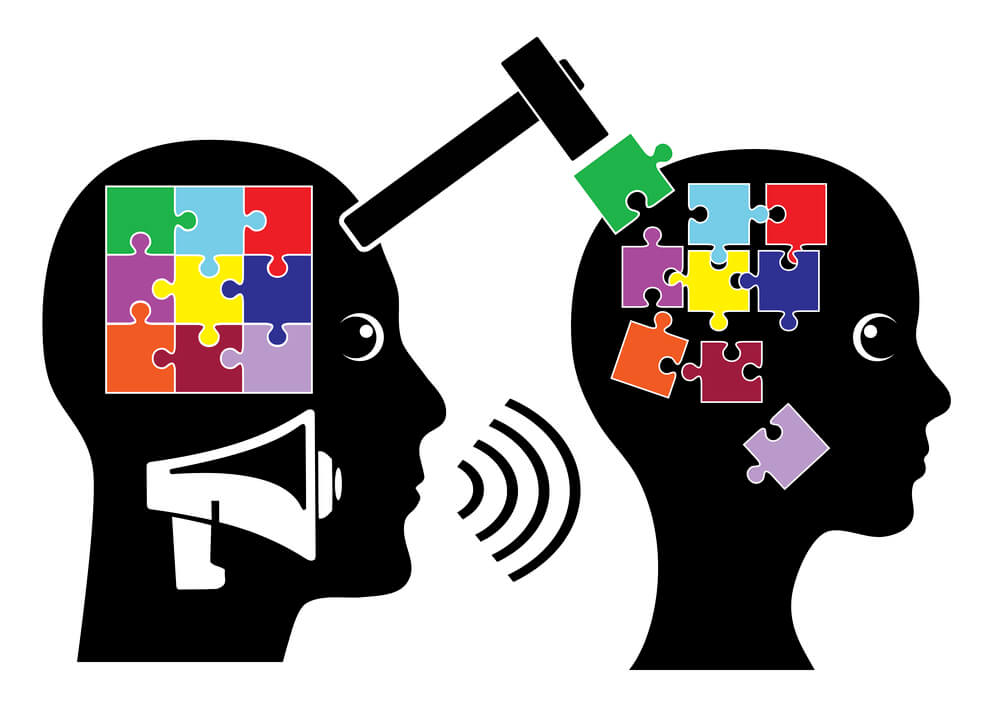If you’re a manager or leader and find yourself looking over employees’ shoulders, wishing they did something differently, making frequent corrections, or constantly asking for updates, you may be micromanaging.
Micromanagement in the workplace is when a leader or manager excessively observes and controls employees. Though some may think it provides good results in the short-term, it can negatively impact employee creativity, morale, mental health, retention, and more.
In this article we’re going to look at why managers micromanage, micromanaging examples, its consequences, and solutions to micromanagement.
Why Do People Micromanage?
First, let’s take a look at why people micromanage. It’s easy to assume that micromanagement is something born out of malice, but that’s rarely true. Even the worst micromanagers are usually just trying to help. Here are some of the common reasons why people micromanage.
Fear
Fear is a very common cause for micromanagement, and it can come from many different places. Some fear a lack of control, while others fear failure. Many have fears rooted in insecurity and worry they won’t be able to meet expectations. Those fears can quickly push managers toward micromanaging if they aren’t addressed in a healthy way.
Lack of Trust
A lack of trust in the workplace can also result in micromanagement. When you can’t trust your employees to get the job done right, you might find yourself getting involved, making suggestions, and looking over their shoulders. While that may seem helpful, it can quickly turn into micromanagement.
Poor Communication Skills
Another cause of micromanagement is poor communication skills. Without proper communication, things can quickly go awry. Missed deadlines, underwhelming results, and frustration are all common with poor communication in the workplace. This can lead managers to start micromanaging to ensure everything goes right, but micromanaging never works as intended.

Micromanaging Examples
So, how do you know if you’re a micromanager or if your boss is micromanaging? Let’s focus on the signs of micromanagement and micromanaging examples at work, that way you can quickly identify it in the workplace.
Controlling Behavior
One of the most obvious and easily identifiable micromanaging examples is controlling behavior. Controlling behaviors can create a toxic work environment and indicate micromanaging in the workplace. Some examples of controlling behaviors include:
- Use of fear to motivate employees.
- Not letting employees speak during meetings.
- Not listening to employees’ opinions, input, and feedback.
- Thinking you know everything.
- Controlling daily activities.
- Constantly monitoring employee activity.
This list is not exhaustive, but it includes many of the most common controlling behaviors at work. If you or your manager are exhibiting these behaviors, it may be a sign of micromanagement.
Inability to Delegate Responsibility
Trusting employees to do their jobs is a basic tenet of any successful workplace. You need to be able to trust your employees to do their jobs well and be confident in delegating work. If you don’t, it can quickly lead you down the path of micromanagement.
Managers who don’t trust their employees often find themselves unable to delegate responsibility. Instead of giving their teams the freedom to complete their tasks, they end up doing it themselves (or getting very heavily involved).
An inability to delegate responsibility is one of the easiest to see signs of micromanaging. When you or your boss is constantly doing work themselves that should be done by employees, there is likely micromanagement happening.
Excessive Monitoring and Supervision.
One last sign of micromanagement is excessive monitoring and supervision. Monitoring and supervision are necessary in the workplace, but many take it too far.
For example, you need to keep up with employee progress and ensure they are completing their tasks. However, standing over their shoulders all day is excessive and will create doubt, mistrust, and frustration. Employees need space, and they want to feel like their leaders trust them.
In the digital world, many are going even further by monitoring employee computer activity. That might sound like it could improve productivity and weed out underperforming employees, it is a classic sign of micromanagement. A recent Harvard Business Review survey backs this up, finding that more employee monitoring leads to more rule breaking. If you have confidence in your team and trust them, there is no need to monitor their activity all day.

Consequences of Micromanagement
Before moving on to how to address micromanagement, let’s look at the consequences of micromanagement. The impacts can seriously harm your business, employees, and bottom line, so it’s essential to understand them.
Decreased employee morale is one of the biggest impacts of micromanagement. Good morale is an essential part of having a successful business. According to a Gallup report, engaged employees show 21% greater profitability. That’s a big benefit you don’t want to miss.
When you micromanage though, you decrease morale. As mentioned before, employees want to feel valued, appreciated, and like you can trust them. But if you are constantly deriding them for mistakes, monitoring them, and controlling their work process, they are going to feel like they aren’t valued. That can directly decrease morale, harming your profitability.
Tying into morale, there are many psychological effects of micromanagement. Supporting mental health in the workplace is incredibly important, especially if you want good morale, low turnover, and more productive employees.
Both morale and mental health can cause issues when it comes to retention. Employees that aren’t satisfied and are mentally stressed are going to look for other jobs. They’ll be more likely to leave for another company that has good morale and doesn’t negatively affect their mental health.
Micromanagement can also make your employees less productive and less creative. People work best when they are confident, satisfied with their job, and excited about work. Micromanaging can make employees feel like they aren’t good enough, unsatisfied with their job, and uninterested in work. That directly correlates to lower productivity, meaning less profitability for your company.

Solutions to Micromanagement
Now that you know examples of micromanagement, it’s time to think about how to address it. Combating micromanagement can be tough, especially if you or others are set in their ways. That said, there are a few key ways you can get rid of micromanagement in the workplace.
Building Trust
Building trust is key if you want to get rid of micromanagement. As detailed above, a lack of trust is one of the main causes of micromanagement. Thankfully, building trust in the workplace is one of the best ways to address micromanagement.
Trust building can seem difficult, but it doesn’t have to be that hard. Team building events and activities can be a great way to build trust, all while having fun and deepening relationships amongst team members.
For example, our Game of Drones event is an exciting way to build trust, improve teamwork, encourage communication, and better problem solving skills all at the same time. If you want to put more focus on creativity and trust, the Chain Reaction challenge is a good option.
No matter what you decide, show your employees that you trust them. Give them important tasks and responsibilities and give them the freedom to prove themselves. If your employees feel you trust them, they’ll trust you.
Delegating Tasks and Responsibilities
This is similar to building trust, but it deserves its own section. A common aspect of micromanaging is refusing to delegate tasks and responsibilities. Besides showing a lack of trust in employees, it also prevents those managers from focusing on their work.
Go out of your way to give employees tasks and responsibilities. Don’t hesitate to assign something to your employees. That’s why they’re there. Managers need to focus on their own work, not the work their employees are doing.
If you struggle with this, consider getting help—whether from one of your employees, another manager, or even via outside training to help you with delegating tasks. Don’t forget that your employees are a valuable resource. Consider having them help you delegate tasks. They know what they can handle and what they can’t, so don’t be afraid to listen to their advice.
Encouraging Open Communication
Lastly, open communication is another way to fight back against micromanaging. Again, a lack of open communication is often one of the causes of micromanagement, and better communication can help you stop micromanaging.
Make a point to talk to your employees, listen to their feedback, and consider what they have to say. Just taking the time to genuinely listen to employees can have a huge impact in the workplace. Don’t underestimate how big of a difference little things can make.
You could also consider doing team building exercises that focus on communication. Activities like our Leadership Stories event can help you improve communication across your team(s), helping you stop and prevent micromanagement in the workplace.
Take a Step Back and Let Your Team Work
Micromanaging might seem like a good idea, but it has numerous negative impacts on you, your employees, and your business. It can lower morale, decrease productivity, harm mental health, increase turnover, and more.
However, it’s possible to address micromanagement and create a more positive and independent workplace. By building trust, delegating tasks, encouraging open communication, and being a leader that empowers your employees, you can stop and prevent micromanagement in the workplace.
Create a healthier and more productive workplace with the help of TeamBonding. We have a wide range of events that can help you get rid of micromanagement by improving things like communication and trust. Contact us today to get started!














